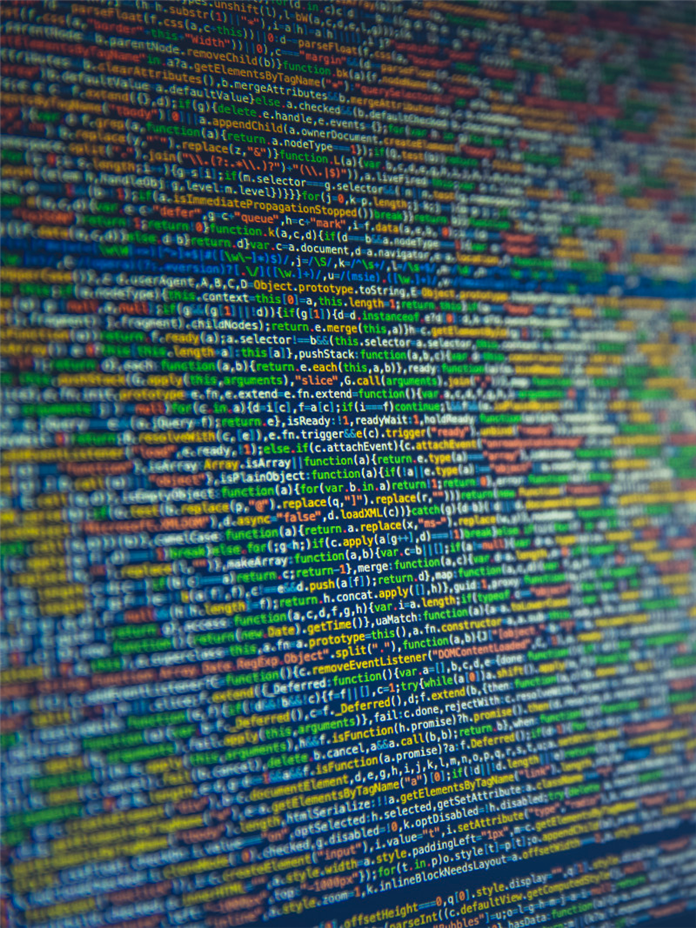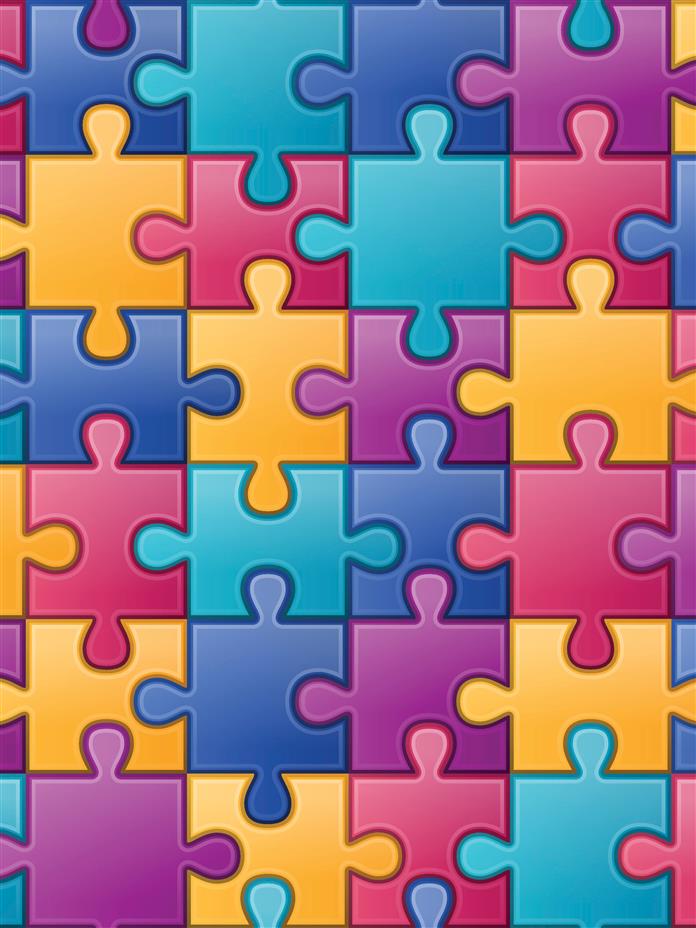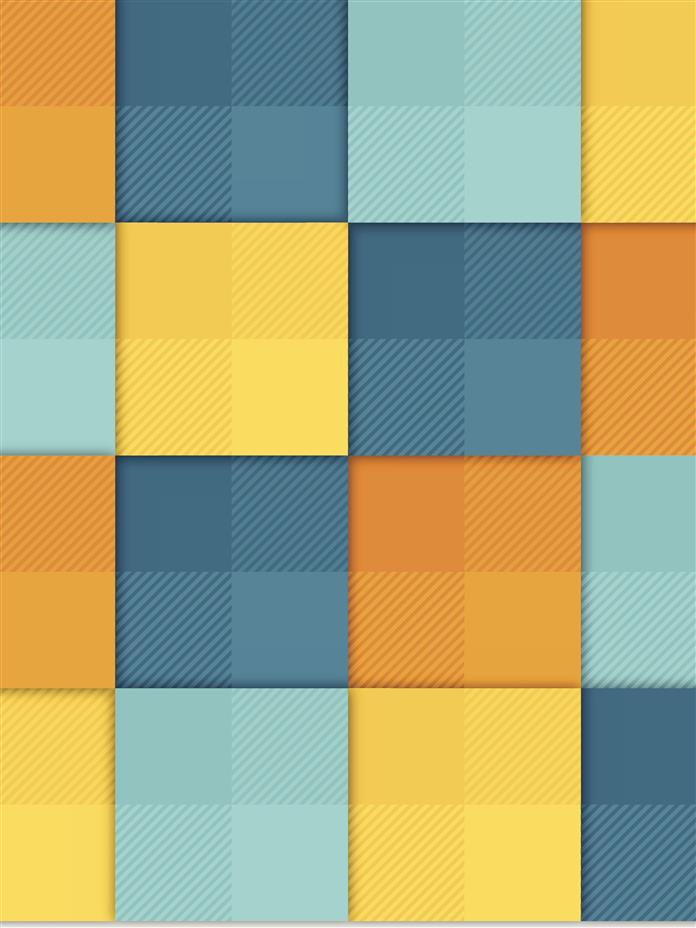If you are looking for an explanation of what is meant by the transitive property of equality and inequality, this post will be a helpful read.

Tap to Read ➤
What is Transitive Property?
Omkar Phatak


If you are looking for an explanation of what is meant by the transitive property of equality and inequality, this post will be a helpful read.

Mathematics is based on certain axioms and fundamental relations. These relations help in establishing a mathematical theory firmly.

Definition
A binary relation is a bunch of ordered pairs of elements, belonging to a set. It is also known as a 2-place or dyadic relation. Ordered pairs are elements of a set placed in a specific order. For example, the coordinates of a point drawn in a graph, form an ordered pair.

A transitive property of a binary relation 'R', defined over a set 'A', is such that if a set element 'a' is related to a set element 'b' and 'b' is further related to 'c' , then 'a' is related to 'c'.

Symbolically, it can be defined as follows. For the set of elements a, b, and c, belonging to a set A, a binary relation '~' has the property defined by,
If a ~ b and b ~ c, then that implies a ~ c.
Let us look at the transitive property, as an essential property of binary relations like equality and inequality.
If a ~ b and b ~ c, then that implies a ~ c.
Let us look at the transitive property, as an essential property of binary relations like equality and inequality.

Examples

Here are some of the examples, applied to the concepts of equality and inequality. One needs to be careful in its application to different binary relations. Every relation may not be transitive.

Equality
The transitive property of equality is defined in the following way. For three elements a, b, and c, belonging to set A, the property is defined as:
If a = b and b = c, then a = c.
This is a simple enough relation to understand and is just common sense, stated in mathematical language.
If a = b and b = c, then a = c.
This is a simple enough relation to understand and is just common sense, stated in mathematical language.

Inequalities
The transitive property for inequalities is defined as follows:
For elements, a, b, c, belonging to a set A,
If a > b and b > c, then a > c.
If a ≥ b and b ≥ c, then a ≥ c.
If a < b and b < c, then a < c.
If a ≤ b and b ≤ c, then a ≤ c.
For elements, a, b, c, belonging to a set A,
If a > b and b > c, then a > c.
If a ≥ b and b ≥ c, then a ≥ c.
If a < b and b < c, then a < c.
If a ≤ b and b ≤ c, then a ≤ c.

There are many more such transitive binary relations that can be defined on a set. However, one cannot go on applying the transitive relation criteria to every binary relation randomly.

For example if Richard is the father of Henry and Henry is the father of John, that doesn't imply that Richard is the father of John. The property depends on the nature of a binary relation. It is one of the essential properties that defines a binary relation, to be an equivalence relation.

The transitive property plays an important role in ordering of numbers on the real line. It is a simple enough concept to understand but needs to be applied carefully.